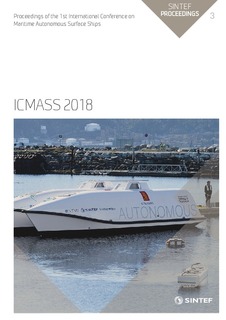Defining Ship Autonomy by Characteristic Factors
Chapter, Peer reviewed, Conference object
Published version
Permanent lenke
http://hdl.handle.net/11250/2599001Utgivelsesdato
2019Metadata
Vis full innførselSamlinger
- SINTEF Community [2248]
- SINTEF Proceedings [402]
Sammendrag
Several papers have proposed ways to define levels of autonomy (LOA), i.e. how responsibility is shared between an automation system and a human when the automation system to some degree can operate independently of the human. The different LOAs are developed for different purposes and therefore often have different priorities for what parameters to use in the classification. This makes them difficult to compare. The main purpose of this paper is to propose a more general characterization scheme that can be used to clarify the description of the different LOAs and their practical meaning. It is suggested that the characterization should be done in terms of three main factors: Operational complexity; degree of automation; and operator presence. It is also proposed to subdivide operator presence into two parameters: responsibility onboard and responsibility in remote control center. The other objective of the paper is to propose the concept of “constrained autonomy” as one specific degree of automation. This proposal also includes an argument for how constrained autonomy may be able to improve human-automation interfaces and simplify testing of autonomous control functions.

